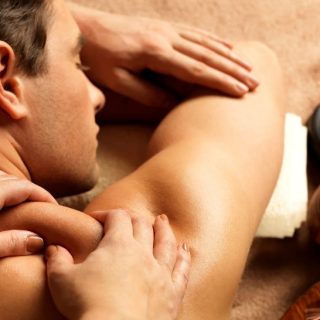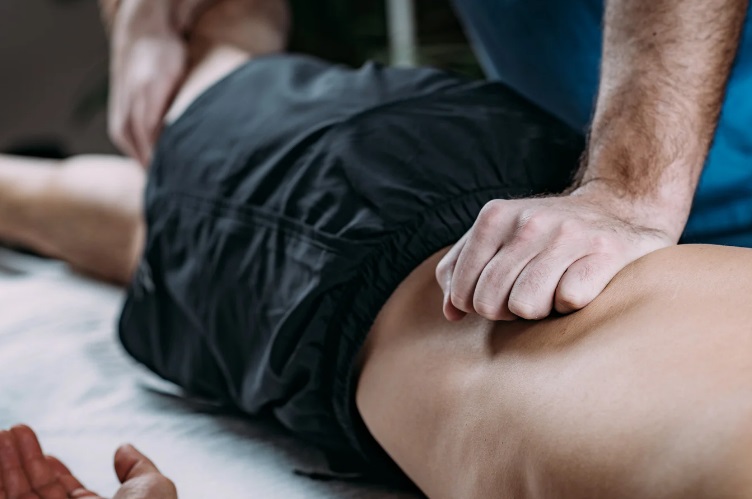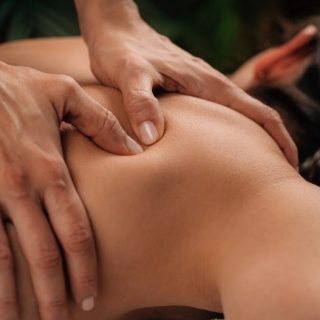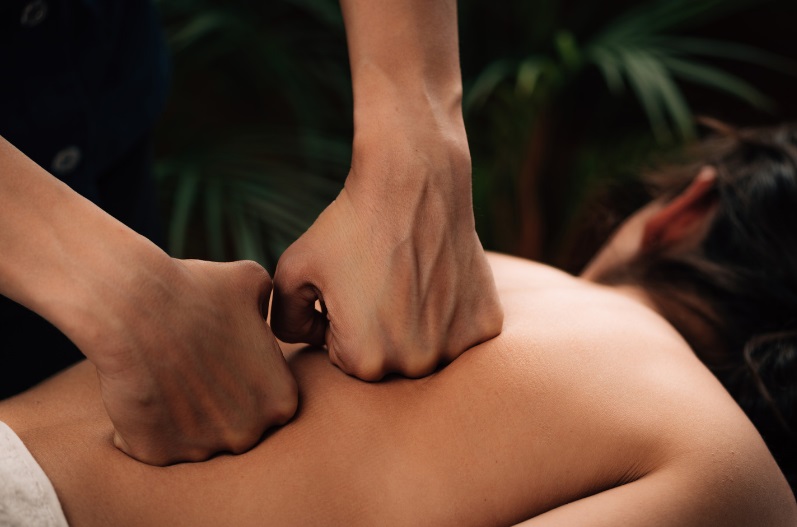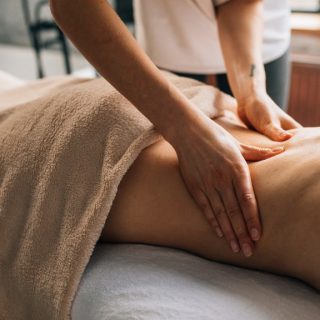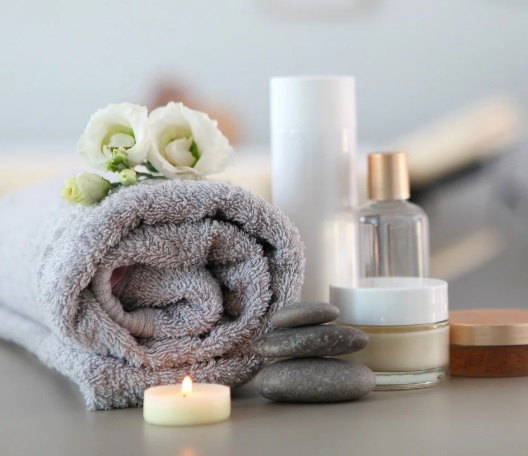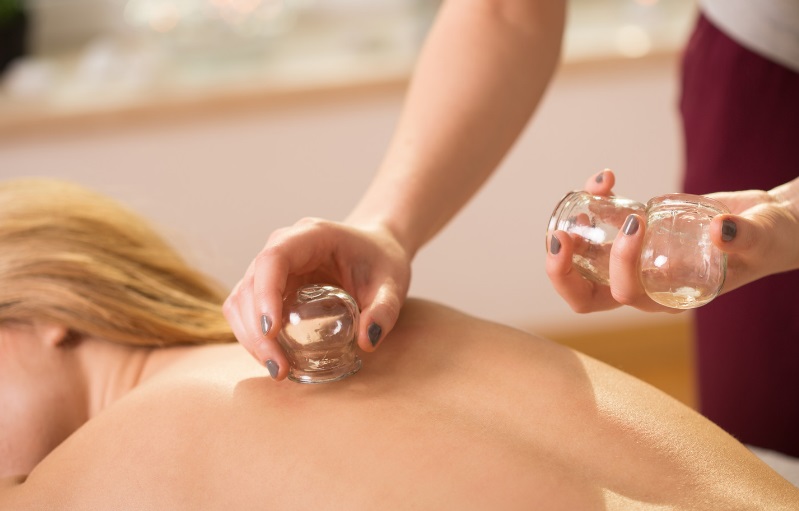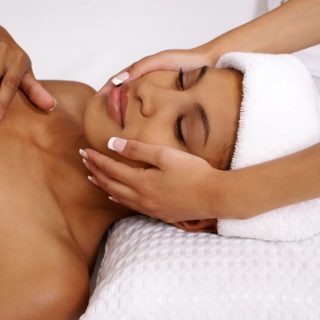Buccal Mouth Massage
Buccal Mouth Massage: A Unique Approach to Facial Rejuvenation and Wellness
Buccal mouth massage is a specialized massage technique that targets the muscles inside the mouth and along the jawline. This unique method has gained popularity for its ability to relieve tension, sculpt facial contours, and promote relaxation. Unlike traditional facial massages that focus solely on external manipulation, buccal massage works both inside and outside the mouth, reaching deep into the muscles that are often neglected in other treatments.
This therapy is widely used by beauty experts, holistic practitioners, and even celebrities due to its natural lifting effects and therapeutic benefits. Whether you are seeking relief from jaw tension, a more defined facial structure, or simply a relaxing experience, buccal massage offers numerous advantages.
How Buccal Mouth Massage Works
Buccal massage involves using gloved hands to manipulate the muscles inside the cheeks, jaw, and around the mouth. The technique includes gentle kneading, pressure, and stretching movements to release tightness, improve circulation, and tone facial muscles.
The therapist typically starts by massaging the face externally to warm up the muscles before moving to the intraoral portion. Once inside the mouth, they use their fingers to massage the inner cheeks, jawline, and areas around the lips. The treatment may feel unusual at first, but it is not painful; in fact, many clients find it deeply relaxing.
This dual approach—working both externally and internally—allows for deeper muscle release and sculpting, making it a powerful technique for both aesthetic and therapeutic purposes.
Benefits of Buccal Mouth Massage
Buccal massage is known for its wide-ranging benefits, from improving facial contours to alleviating stress and tension.
1. Relieves Jaw Tension and TMJ Pain
One of the most significant benefits of buccal massage is its ability to alleviate tension in the jaw and surrounding muscles. Many people suffer from temporomandibular joint (TMJ) dysfunction, which can cause jaw pain, headaches, and difficulty chewing. Buccal massage helps release tension in the masseter and other facial muscles, reducing discomfort and improving jaw mobility.
2. Defines and Sculpts Facial Contours
Buccal massage is often referred to as a “natural facelift” because it helps lift and tone the face without the need for invasive procedures. By working on deep facial muscles, the technique enhances definition along the jawline, cheekbones, and around the mouth. The increased circulation also promotes a healthy, radiant complexion.
3. Improves Lymphatic Drainage
Like other facial massage techniques, buccal massage stimulates the lymphatic system, helping to flush out toxins and reduce puffiness. This process encourages a more sculpted and refreshed appearance while supporting overall skin health. Regular treatments can reduce fluid retention, particularly around the cheeks and jawline.
4. Reduces Wrinkles and Fine Lines
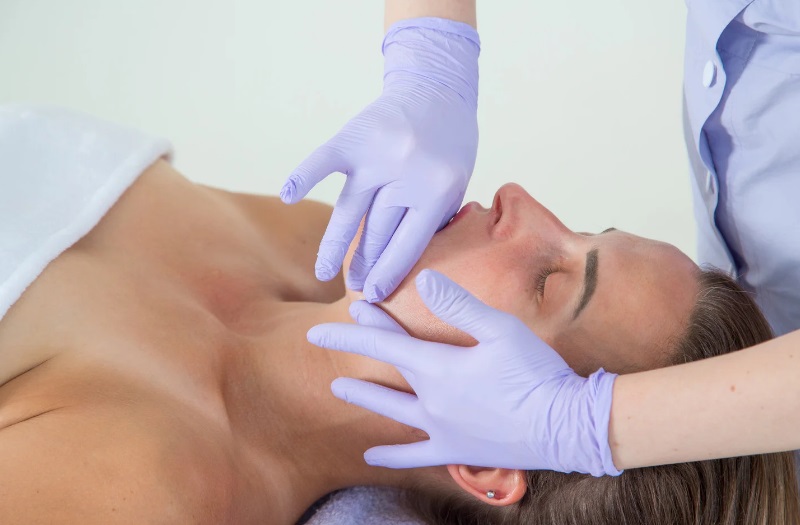
By improving circulation and increasing oxygen flow to the skin, buccal massage promotes collagen and elastin production. These essential proteins help maintain skin elasticity, reducing the appearance of wrinkles and fine lines over time. The massage also helps release tension in the facial muscles, which can contribute to expression lines around the mouth and forehead.
5. Enhances Relaxation and Reduces Stress
Buccal massage is not only beneficial for the face but also for overall well-being. The deep muscle release it provides can help alleviate stress and tension stored in the face and jaw. Many people unconsciously clench their jaw when stressed, leading to muscle tightness and headaches. This massage technique helps relax these areas, promoting a sense of calm and relaxation.
6. Boosts Circulation for Healthier Skin
The increased blood flow resulting from buccal massage nourishes the skin with oxygen and essential nutrients. This boost in circulation enhances the skin’s natural glow and helps maintain a youthful, healthy appearance. The improved oxygen supply also aids in cell regeneration, keeping the skin firm and rejuvenated.
7. Helps with Sinus Congestion
For individuals who suffer from sinus congestion or pressure, buccal massage can help by promoting better drainage. The gentle manipulation of facial tissues encourages sinus fluids to move more freely, reducing blockages and discomfort. This makes it a beneficial treatment for those who experience frequent sinus issues or seasonal allergies.
What to Expect During a Buccal Massage Session
A typical buccal massage session lasts between 30 to 60 minutes, depending on the focus areas and individual needs.
1. Consultation and Preparation
Before starting the treatment, the therapist will discuss your concerns, such as jaw pain, skin aging, or tension. They will then cleanse their hands and wear sterile gloves to perform the intraoral portion of the massage.
2. External Facial Massage
The session often begins with an external massage to relax the face and prepare the muscles. Techniques such as light strokes, kneading, and acupressure may be used to warm up the tissues.
3. Intraoral Massage
The therapist will then insert their gloved fingers into the mouth and work on the muscles from the inside. They will gently massage the cheeks, jaw, and surrounding tissues using slow, controlled movements. While this may feel unusual at first, most clients find it deeply soothing and effective.
4. Post-Massage Relaxation
After the intraoral portion, the therapist may finish with another round of external massage or a cooling mask to soothe the skin. Many people notice an immediate improvement in how their face looks and feels.
Who Can Benefit from Buccal Massage?
Buccal massage is suitable for a wide range of individuals, including:
- People experiencing jaw tension or TMJ issues – Those who grind their teeth or clench their jaw can benefit from muscle relaxation and pain relief.
- Individuals seeking a natural facelift – Those looking to enhance facial contours without invasive procedures will appreciate the lifting effect.
- Anyone dealing with facial puffiness – If fluid retention is a concern, buccal massage can improve lymphatic drainage.
- People under high stress – Those who hold tension in their face and jaw can experience deep relaxation through this massage.
- Individuals with sinus congestion – The technique can help clear blockages and improve sinus drainage.
Buccal mouth massage is a powerful and unique therapy that offers both aesthetic and therapeutic benefits. By targeting deep facial muscles from the inside and outside, this technique helps relieve tension, sculpt facial contours, and promote overall well-being. Whether used for stress relief, jaw pain management, or facial rejuvenation, buccal massage provides a natural and effective way to support facial health.
With regular sessions, individuals can experience long-term improvements in skin tone, muscle relaxation, and overall facial structure. As more people seek natural and non-invasive treatments, buccal massage continues to gain popularity as a holistic approach to beauty and wellness.


